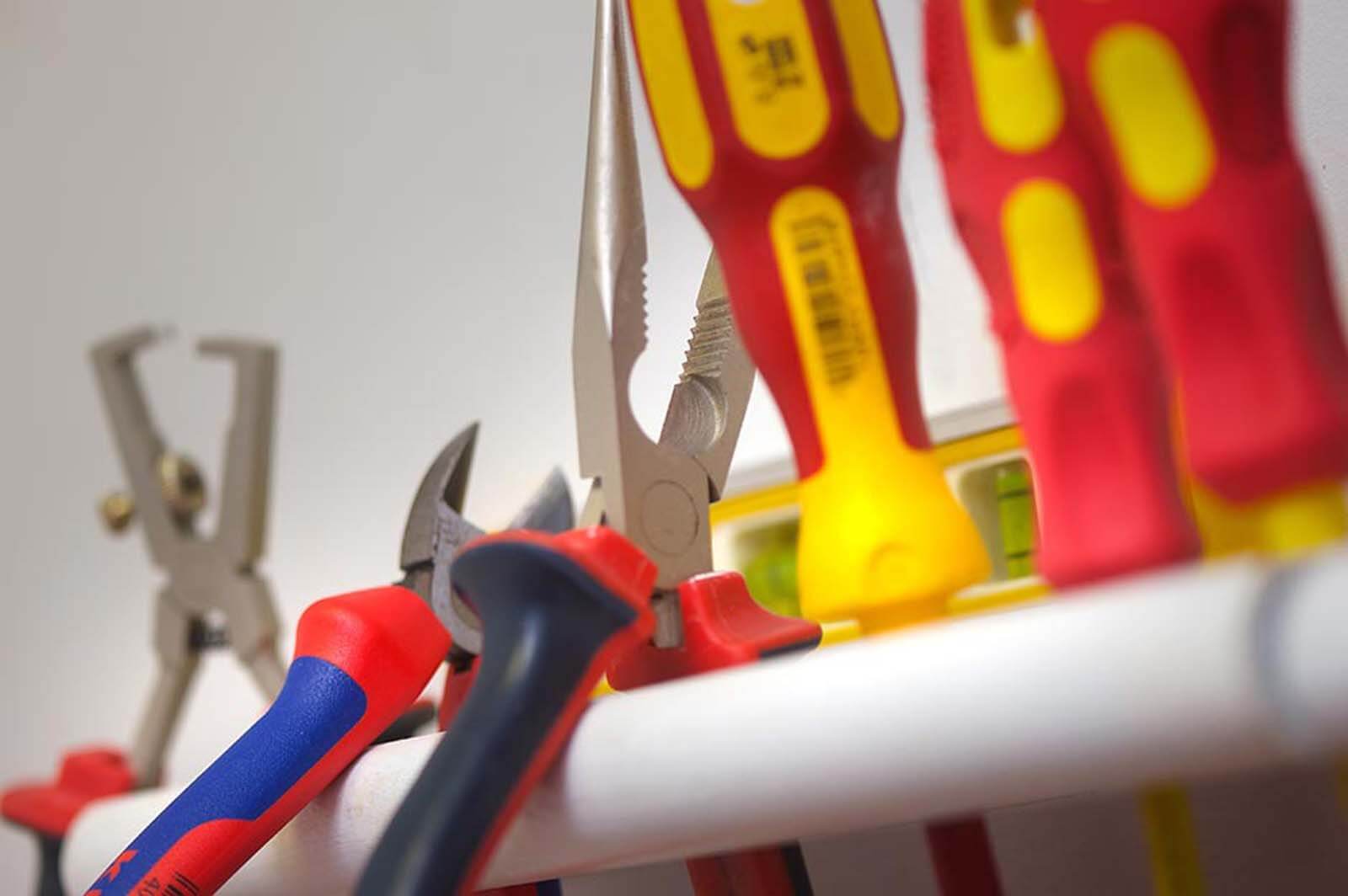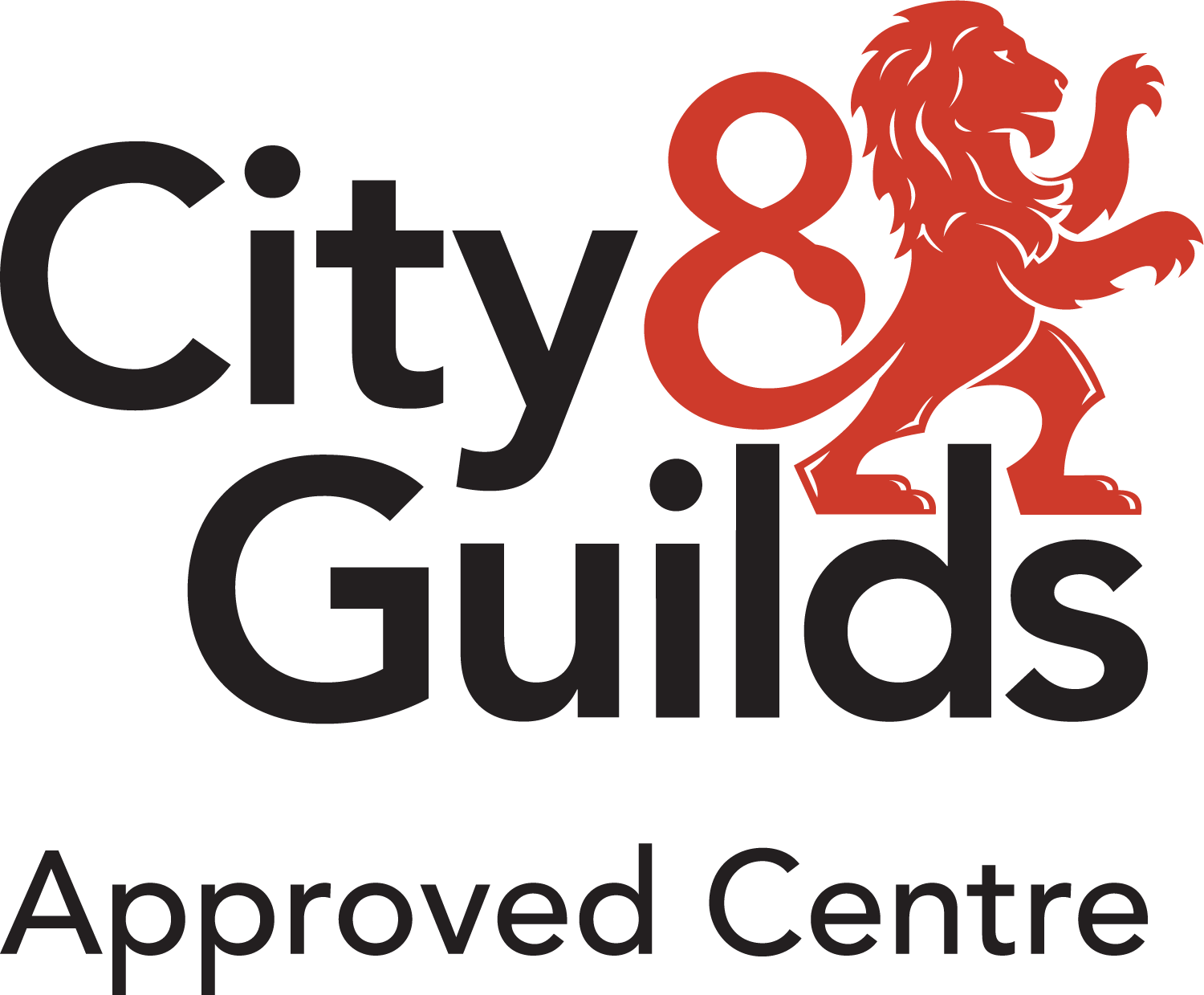Navigating the world of electrical work can feel like deciphering a secret code, especially when confronted with a barrage of jargon, slang, and industry terms. Whether you’re a seasoned electrician, a DIY enthusiast, or someone just curious about the intricacies of electrical systems, this comprehensive guide from TradeSkills4u, the leading electrician training course provider in the UK, gives you the definitions of all common UK electrical jargon and electrician slang. From A to Z, we’ll break down the terminology, providing clarity on what each term means and how it fits into the electrical landscape.
A
- AC (Alternating Current)
AC refers to Alternating Current, a type of electrical current that periodically reverses direction. Most household electrical systems use AC power.
- Ampere (A)
A unit of electric current, measured in amperes (A). It represents the flow of electric charge.
- AC
AC (alternating current) is a type of electrical current. Electricity is created when electrons move through a conductor, when these electrons constantly move in alternating directions it is referred to as an alternating current.
- Amp (A)
Short for ampere is the base unit of electric current.
- Ammeter (from Ampere Meter)
This is an instrument for measuring the current in a circuit in amperes. Ammeters are always connected in series with the circuit to be tested.
- Arc Flash
An arc flash, also known as flashover, is the light and heat produced as part of an arc fault, a type of electrical explosion or discharge that results from a low-impedance connection through air to ground, another voltage phase in an electrical system, between 2 contacts opening or a loose connection Arc flash temperatures can reach or exceed 35,000 ∞F.
B
- Bonding
Bonding is the process of connecting all metal parts of an electrical installation to the earth. It ensures safety by preventing the build-up of electric potential between different metal components.
- BS7671
British Standard 7671, also known as the IET Wiring Regulations, sets the standards for electrical installations in the UK. It covers various aspects, including design, installation, and maintenance.
C
- Circuit
A closed loop of electrical conductors, such as wires, through which an electric current can flow.
- Consumer Unit
Formerly known as a fuse box, the consumer unit is a distribution board that divides electrical power into subsidiary circuits. It contains fuses or circuit breakers for protection.
- CPC (Circuit Protective Conductor)
The CPC is the earth wire within an electrical circuit. It provides a path for fault currents to safely reach the earth.
- Capping
The thin metal or plastic channel sometimes used to contain cables when fixed to a wall prior to plastering. Capping is used to make it easy to run several cables following the same route with the minimum use of fixings.
- Chasing
Chasing, known as Raggles in Scotland, is the term used when cutting a slot or groove to install cables into a solid wall. Can be achieved by using a chase cutting tool, an angle grinder or hammer and chisel.
- Circuit breaker
An automatic safety switch which will turn off the electrical supply when there is a fault. Capable of making, carrying, and breaking normal load currents and also making and automatically breaking, under predetermined conditions, abnormal currents such as short-circuits.
- Conductor
This is a material that has a low resistance and allows electricity to flow easily in it.
- Conduit
A plastic or metal tube used to enclose, protect, and route cables. Normal sizes are 20mm and 25mm.
- Consumer Unit (CU)
Also known as a fuse box, a CU is the point from which electricity is distributed around the home. It contains a variety of circuit breakers or fuses, a main switch and may also have one or more Residual Current Devices (RCDs).
- Current
The flow of electrons through a circuit.
D
- Distribution Board
Also called a fuse box or consumer unit, a distribution board distributes electrical power to various circuits in a building.
- Double Insulated
Appliances marked as double insulated don’t require an earth connection because they have two layers of insulating material, providing an additional safety measure.
- DC
DC (direct current) is when electrons are all moving through the conductor in the same direction, e.g. a battery.
- Double Pole Switch
It’s like two separate single-pole switches that are linked together so they work together as 1 switch. For example, the main switch on a Consumer Unit which turns off the Line and Neutral at the same time.
E
- Earth
In electrical terms, “earth” refers to the connection of a conductive part of an electrical appliance or installation to the ground.
- Earthing
The process of connecting a device or installation to the earth to prevent the build-up of electrical potential.
- Earth bonding
The process for connecting exposed metal parts such as water pipes within a property to ‘electrical earth’, usually a gas and or water pipe.
- Electrical Installation Certificate (EIC)
This is a safety certificate issued by electricians when they have completed any new electrical work, or major changes to existing electrics. It confirms that the work has been designed, built, inspected, and tested to the UK national standard BS 7671.
- Electrical Installation Condition Report (EICR)
- Formerly known as a periodic inspection report (PIR), this is a report on the condition of your electrical wiring, which contains an overall assessment of the safety of the wiring, observations on its condition and a number of recommendations for action, if required, to restore the wiring to a satisfactory condition for continued safe use.
F
- Fuse
A device designed to interrupt the flow of electric current in case of overload or a fault. It contains a metal wire that melts when excessive current flows through it.
- Fused connection unit
Often referred to in the electrical trade as fused spurs. These enable electricity to be supplied to an appliance or item of equipment providing its own method of circuit protection (by fuse) and sometimes includes a switch.
- Flex
Short for flexible cable, flex is a cable with conductors surrounded by a flexible insulating cover, commonly used for portable appliances.
G
- Ground
The reference point in an electrical circuit or system from which voltages are measured. It is typically connected to the earth for safety.
H
- Hot
In the context of electrical wiring, “hot” refers to a live or energised conductor carrying current.
I
- Insulation Resistance
A measure of the effectiveness of an insulating material to resist the flow of current.
- Insulation
This is used to stop electricity from passing through materials. Conductor materials are coated with insulation for example Plastic, PVC Poly vinyl Chloride.
- Inverter
This is an apparatus that converts direct current into alternating current.
J
- Junction Box
A container for electrical connections, used to protect and insulate the connections.
K
- Kilowatt (kW)
A measure of Watts in increments of 1,000. 1kW = 1,000 Watts.
- Kilowatt-hour (kWh)
A unit of electrical energy equal to one kilowatt of power used for one hour.
L
- Live
The wire that carries electrical current into a circuit or device. It is often referred to as the “hot” wire.
- Loop
A wiring arrangement that allows electrical power to continue its path to other devices after reaching the last point in a circuit.
- Load
Load is anything that consumes electrical energy, such as transformers, lights, heaters, and electric motors.
M
- Megger
A device used to measure the insulation resistance of electrical equipment.
- MCB (Miniature Circuit Breaker)
An MCB is a type of circuit breaker designed to protect an electrical circuit from overcurrent.
- Main bonding
Conductors that connect metal pipes (gas, oil, water) entering a home or building to the main earthing terminal of the electrical installation via low-resistance conductors. The connections are made to prevent a dangerous voltage between two accessible metal parts in case there is a fault.
- Mini trunking
A plastic enclosure with one removable side to allow cables to be installed on the surface of walls and ceilings. Used to protect cables from damage and to conceal unsightly cables from view.
- Minor Works Certificate
This is a safety certificate to confirm that minor electrical installation work has been designed, constructed, and tested in accordance BS 7671 (IEE Wiring Regulations). See Electrical Installation Certificate above.
N
- Neutral
The wire that completes an electrical circuit and carries current away from the load. It is typically color-coded blue.
O
- Overcurrent
Overcurrent or excess current is a situation where a larger than intended electric current exists through a conductor, leading to excessive generation of heat, and the risk of fire or damage to conductor.
- Ohm
A unit of electrical resistance in a circuit.
P
- PAT Testing (Portable Appliance Testing)
A routine and required compliance inspection and testing process of electrical appliances to ensure they are safe for use.
- Part P
The specific section of the Building Regulations for England and Wales, which relates to any changes made to existing installations, including any parts that have been rewired. It states that anyone carrying out electrical installation work in a home must make sure that the work is designed and installed to protect people from fire and electric shocks.
- Phase
A conductor that carries alternating current in a multi-phase system.
Q
- Quiescent
Refers to a state of rest or inactivity, often used in the context of standby power consumption.
R
- RCD (Residual Current Device)
An electrical safety device that quickly switches off power when it detects an imbalance in the current flowing through live and neutral conductors.
- Rewire
There are two types of rewire – full rewire and partial rewire. A full rewire involves changing all parts of the electrics, i.e. cables, circuits, and accessories. A partial rewire is when it’s either not possible or not necessary to fully rewire all the electrics.
- Ring or ring main
A ring main or final circuit is a ring of cables (usually 2.5mm) carrying twin and earth wires, circling your home. It carries the mains electricity to sockets by getting power from the consumer unit.
- Ring Circuit
A wiring arrangement where the final socket outlets are connected in a loop or “ring,” providing redundancy and efficiency.
S
- Socket Outlet
A device for connecting an electrical plug to the electrical supply.
- Separated Extra-Low Voltage (SELV)
An extra-low voltage system, which is electrically separated from Earth and from other systems in such a way that a single fault cannot give rise to the risk of electric shock.
- Spur
An additional electrical connection that is usually taken from a point on the existing electrical circuit, such as a socket. It may provide a supply to a new socket or a fused connection unit. Often used as a way to make additions to a ring, avoiding the need to break into and modify the ring itself.
- Supplementary bonding
Connections made between items of exposed metal work within a specific area to ensure that it is not possible to get a shock from them because of a voltage difference between them. Sometimes required in bathrooms and shower rooms.
- Switchgear
In an electric power system, switchgear is composed of electrical disconnect switches, fuses or circuit breakers used to control, protect, and isolate electrical equipment. Switchgear is used both to de-energise equipment to allow work to be done and to clear faults downstream.
- Surge Protector
A device designed to protect electrical devices from voltage spikes.
T
- Trunking
A system of enclosed channels used to protect and conceal electrical cables.
- Transformer
A transformer changes voltages from one setting to another stepping up or stepping down the voltage.
U
- UPS (Uninterruptible Power Supply)
A battery device that provides emergency power to a load when the primary power source fails.
V
- Volt
A unit of electrical potential or electromotive force.
- Voltage
Voltage, also known EMF (electromotive force) is the unit for measuring electrical pressure, the more voltage produces a larger force. Voltage appears across components and current flows through them.
- Extra low: normally not exceeding 50V (AC)
- Low: exceeding 50V (AC) but not exceeding 1,000V (AC)
- High: exceeding 1,000V (AC)
W
- Watt
A unit of electrical power equal to one joule per second.
- Wiring Diagram
A visual representation of an electrical circuit, indicating how components are connected.
X
- Xenon
A gas used in some types of high-intensity discharge lamps.
Y
- Yellow-Green
A color-coded wire, typically used as an earth wire in electrical installations.
Z
- Zone
In the context of electrical installations, a zone refers to a defined area with specific safety requirements for electrical devices.
By breaking down these common UK electrical terms and electrician slang, we hope to shed light on the intricacies of electrical systems, making it easier for both professionals and enthusiasts to navigate the electrifying world of circuits and currents. Remember, safety always comes first, and understanding the language of electricity is a crucial step towards ensuring a secure and efficient electrical environment.
Get the Best Electrician Training Courses in the UK
If you’re considering becoming an electrician or expanding your skills within the industry, why not take a look at the range of courses offered by Trade Skills 4 U?
We offer an extensive array of electrician courses and training programs that encompass the entire spectrum of electrical work, covering both fundamental qualifications and specialised electrical skills.
Contact our team today to learn more about the courses we offer.





















